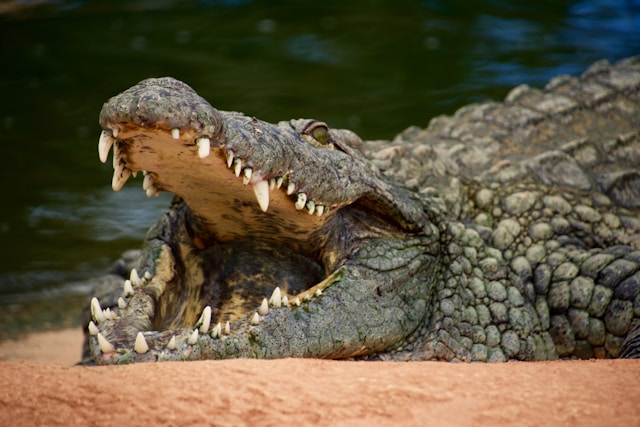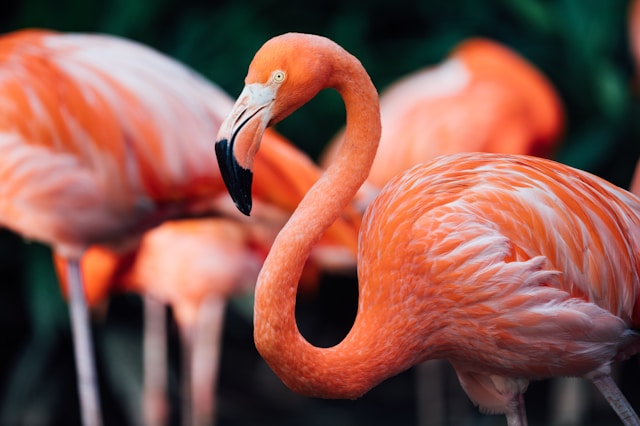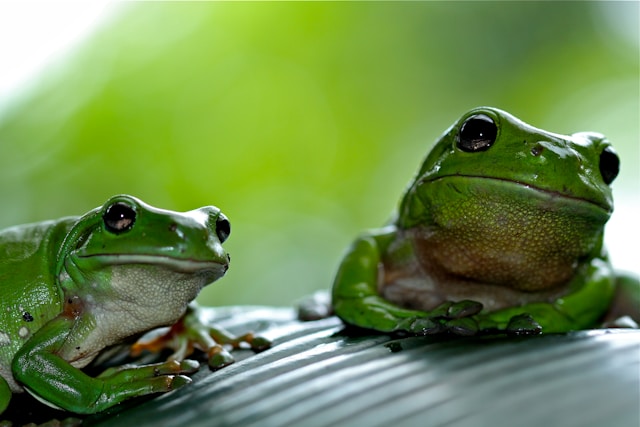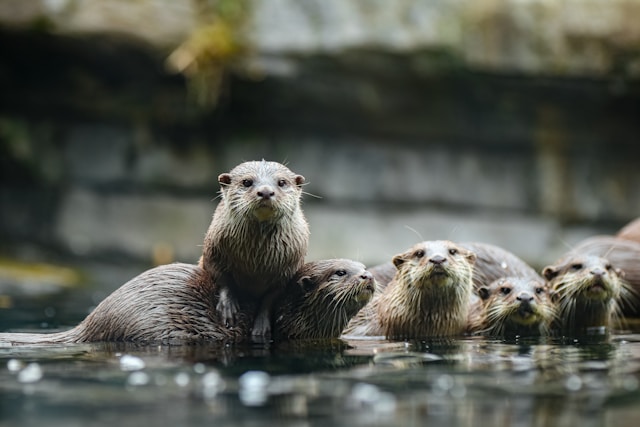Some of our most famous wetland residents
Hippos

- Hippopotamuses, commonly known as hippos, are semi-aquatic herbivores that thrive in wetlands, swamps, rivers and lakes.
- Despite their bulky appearance, they are excellent swimmers and spend most of their day submerged in water to stay cool.
Fun Fact: Hippos can hold their breath for up to 5 minutes underwater!
Diet & Eating Habits
- Hippos are strict herbivores, primarily consuming grass-up to 40kg per night!
- They leave the water at night to graze, often travelling miles away from their resting areas.
- Unlike other herbivores, they don't eat aquatic plants despite living in the wetlands.
Crocodiles

- Crocodiles are semi-aquatic reptiles, known for their stealth, strength, and powerful bite.
- These predators have remained almost unchanged for millions of years, proving their incredible adaptability
Diet & Eating Habits
- Cocodiles are carnivorous ambush predators, feeding on fish, birds, mammals, and even other reptiles.
- They use their camouflaged bodies to stay hidden in water, waiting patiently to strike
- Their jaw strength and "death roll" technique help them tear apart prey after a powerful attack.
Death Roll Technique: Crocodiles grab prey and spin rapidly underwater, tearing it into bite-sized pieces.
Flamingos

- Flamingos are beautiful wading birds, instantly recognizable for their pink plumage, long legs, and distintive curved beaks
- They thrive in shallow wetlands, lagoons, and saltwater lakes, where they forage in large, social groups.
Diet & Eating Habits
- Flamingos consume algae, small crustaceabs, and plankton.
- Their unique, downward-curved beaks allow them to filter-feed while dipping their heads underwater.
- The more carotenoid-rich food they eat, the brighter the pink their feathers become!
Fun Fact: Flamingos stand on one leg to conserve body heat while resting!
Frogs & Amphibians

- Amphibians, including frogs, toads, salamanders, and newts, thrive in wetalnds due to their reliance on water for survival and reproduction.
- They play a crucial role in controlling insect populations and are highly sensetive to environmental changes
Diet & Eating Habits
- Frogs are carnivores, primarily feeding on insects, worms, and small aquatic creatures.
- Long sticky tongues allow them to snatch prey with lightning speed.
- Tadpoles start life as herbivores, consuming algae and plant matter before developing legs and turning into predators.
Fun Fact: Frogs can breath through their skin, absorbing oxygen directly from water!
Otters

- Ottets are semi-aquatic mammals, known for their intelligence, agility, and social behaviours.
- Found in rivers, lakes, and wetlands, they are expert swimmers and rely both on land and water to survive
Diet & Hunting Techniques
- Otters are carnivores, feeding on fish, crustaceans, amphibians, and small mammals.
- They hunt using speed and precision, often working together for better success.
- Some species like river otters, are powerful enough to take down caimans!
Sliding Play: Otters slide on mud banks for fun-this helps improve their agility!